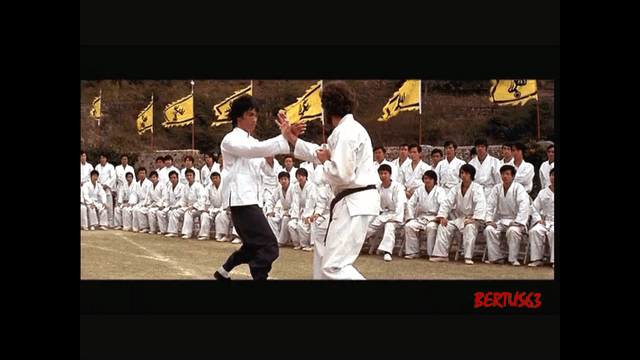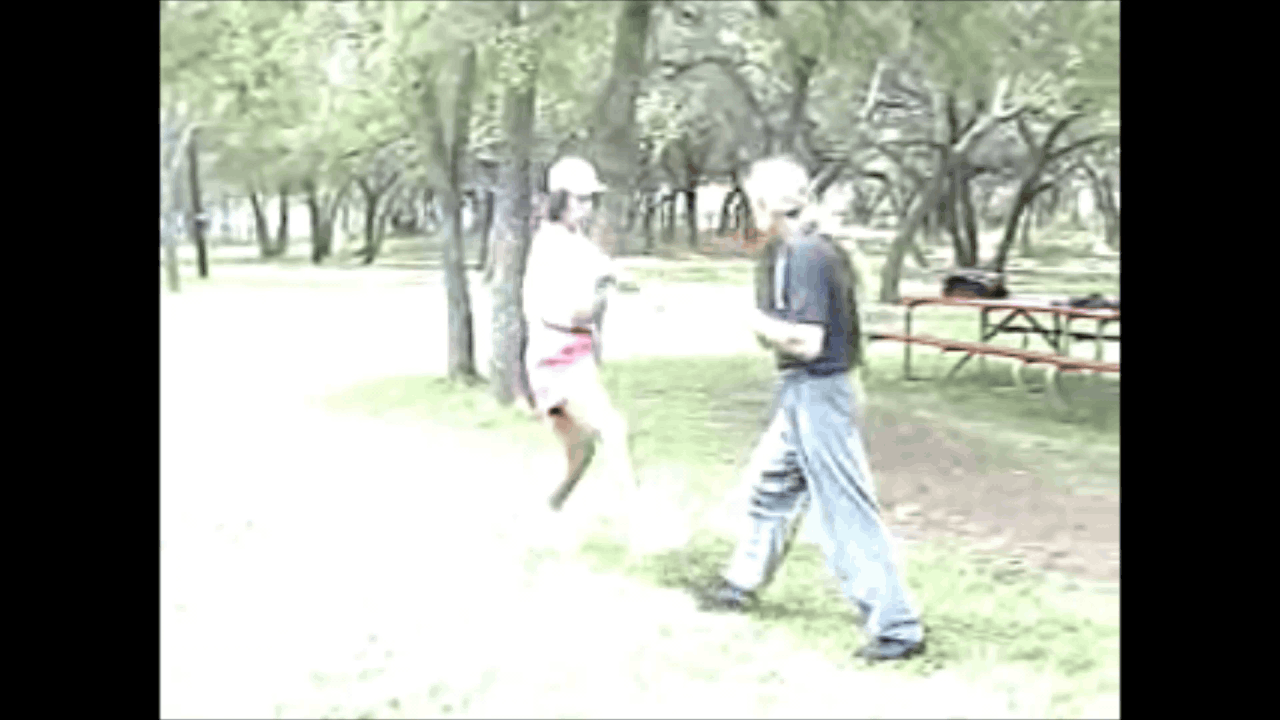windwalker099
Master Black Belt
A historical match.
Made famous for many reason's
Both teachers were noted representatives of their respective styles. For practitioners of these styles, are the methods they practiced reflected in their actual usage?"
As for the fighting itself, some might say it reflects the CMA (Chinese Martial Arts) approach rather than the Western boxing approach. Is there such a distinction?
Made famous for many reason's
Tibetan White Crane was at the heart of a major pivot point in Chinese and worldwide popular culture, when in 1954 Chan Hak Fu of Macau faced off against Hong Kong's recently arrived Wu Gongyi (吳公儀) in a wildly popular public match organized for charity and held in Macau.
Master Chan represented not only Grandmaster Ng Siu-Chung's Bak Hok Pai against Grandmaster Wu's Wu-style tai chi. He also represented natives of the south against newcomers from the north, Cantonese speakers vs. Mandarin speakers, external vs. internal kung-fu, modern training (Chan) vs. traditional practice (Wu), Macau (Chan) vs. Hong Kong (Wu), and yes, a Tibetan Buddhist martial art against a Han Chinese Daoist art.[
Both teachers were noted representatives of their respective styles. For practitioners of these styles, are the methods they practiced reflected in their actual usage?"
As for the fighting itself, some might say it reflects the CMA (Chinese Martial Arts) approach rather than the Western boxing approach. Is there such a distinction?
Last edited:



